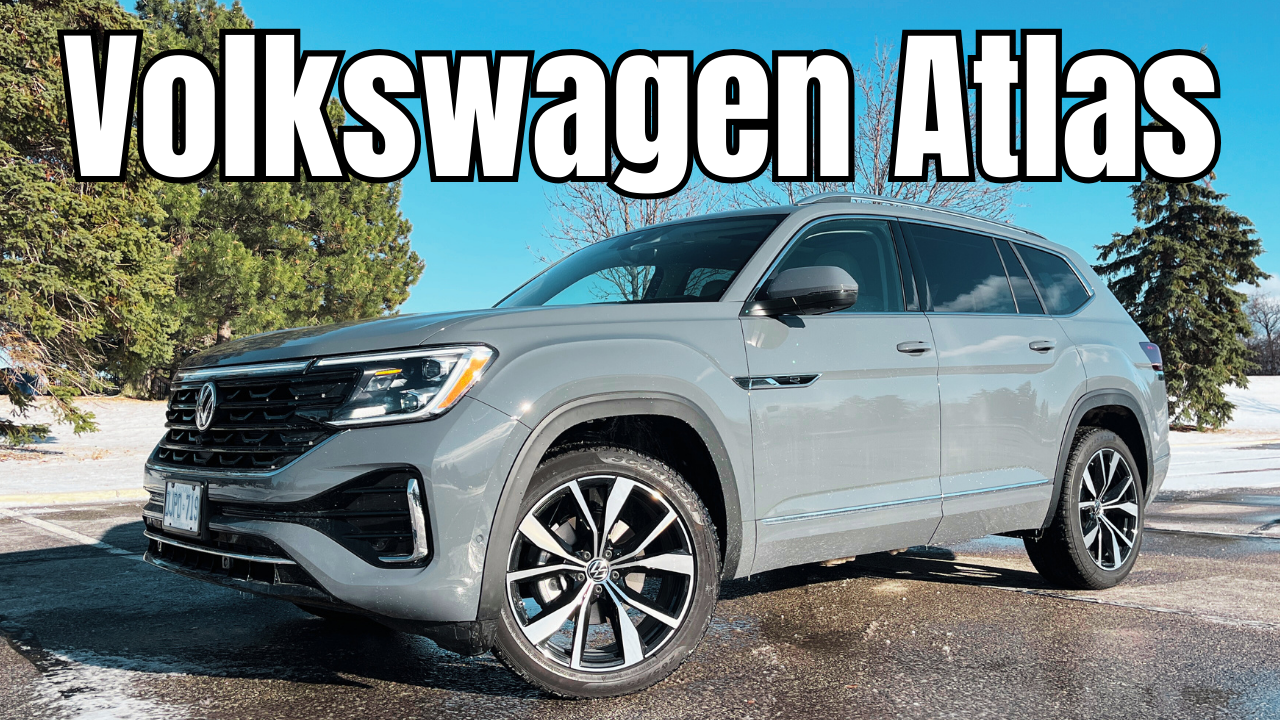Reasons to Pack an Emergency Kit for Any Disaster
/An emergency kit is not altogether different from a “bug out bag”, with less of the doom-prepper connotations behind it. Very few of us are living versions of Jason Bourne, needing to disappear with a backpack of essentials at the first whiff of Interpol on our trail.
However, being well-prepared for disaster scenarios is not doom-prepping. It’s simply good practice. And yes, we’ve read the articles about the doom-preppers who stocked up on toilet paper and “had the last laugh” when the pandemic struck. Personally I just think that’s a good reason to install a bidet in your home, but whatever!
In this article, we’re going to go over the disaster scenarios and types of items you want to pack in emergency kits.
What makes a good emergency kit?
It’s really contextual, and this is where it becomes difficult to plan the “Ultimate Emergency Kit”. There are too many different scenarios that require different items, so the best you can do is make a list of essentials based on context, and plan accordingly.
The good news is that you can have different emergency kits and store them where applicable. You would keep, for example, an emergency kit in your car for being stranded roadside, and an emergency kit in your cellar for hurricanes.
Or if you live in an area at risk of flooding, you would keep an emergency kit in your attic. So you don’t need to have just one all-purpose emergency kit, but rather, have several situation-dependant kits stored in different places.
With that in mind, there are bad practices for putting together emergency kits. In the example of “bug out bags'' where you need to grab a bag and go, packing too many things will slow you down. How many miles could you realistically carry a 75 lb bag on foot, if that situation arose?
Creating a good emergency kit means creating an inventory list, then figuring out what is actually essential (and practical) to include, like the best emergency food supply products.
Essential items for different emergency kits
Because there is no “universal emergency kit”, you have to evaluate the various possible disaster scenarios you could encounter, and then decide what to pack in the kit based on context.
Natural disasters
For natural disasters such as hurricanes, earthquakes, forest fires, or similar events where infrastructure can be damaged, there are items that would be considered essential in all of the above. So for an emergency kit based on natural disasters, you’d typically include:
Food and water (Canned foods and MREs that don’t need to be cooked)
Flashlight
First aid kit
Extra clothing
Medications and medical supplies
Batteries
Emergency radios, solar radios recommended
Multi-purpose tool
Personal documents, including medical information
Roadside and outdoors emergencies
An outdoors and roadside emergency kit is a bit like being prepared for a bit of unexpected camping. Most of the items you’d want to include are things you’d be packing for a camping trip, except your car will likely be your tent. Although in a worst case scenario, you should also be prepared to do some hiking as well.
For this type of emergency kit, imagine you hit a deer driving down a deserted road, 15 miles from the nearest town. There’s quite a few places within the continental U.S. this could happen! So the essentials you’d want for that situation:
Road flares
Blankets and sleeping bags
Ponchos
Canopy shelter
Matches
Change of clothes (especially socks)
Conclusion
The most difficult part of putting together proper emergency kits is really figuring out the extras you’ll include. Again, it’s important to be practical, but also mindful of your particular needs. If there’s a special medication you take, for example, and it can be safely stored for lengths of time, then include some of your pills in an emergency kit.












